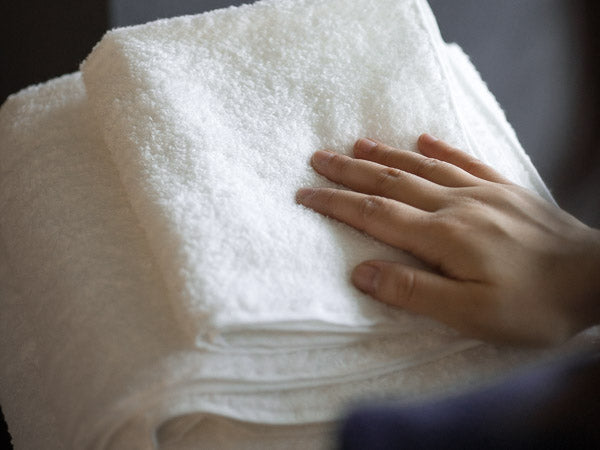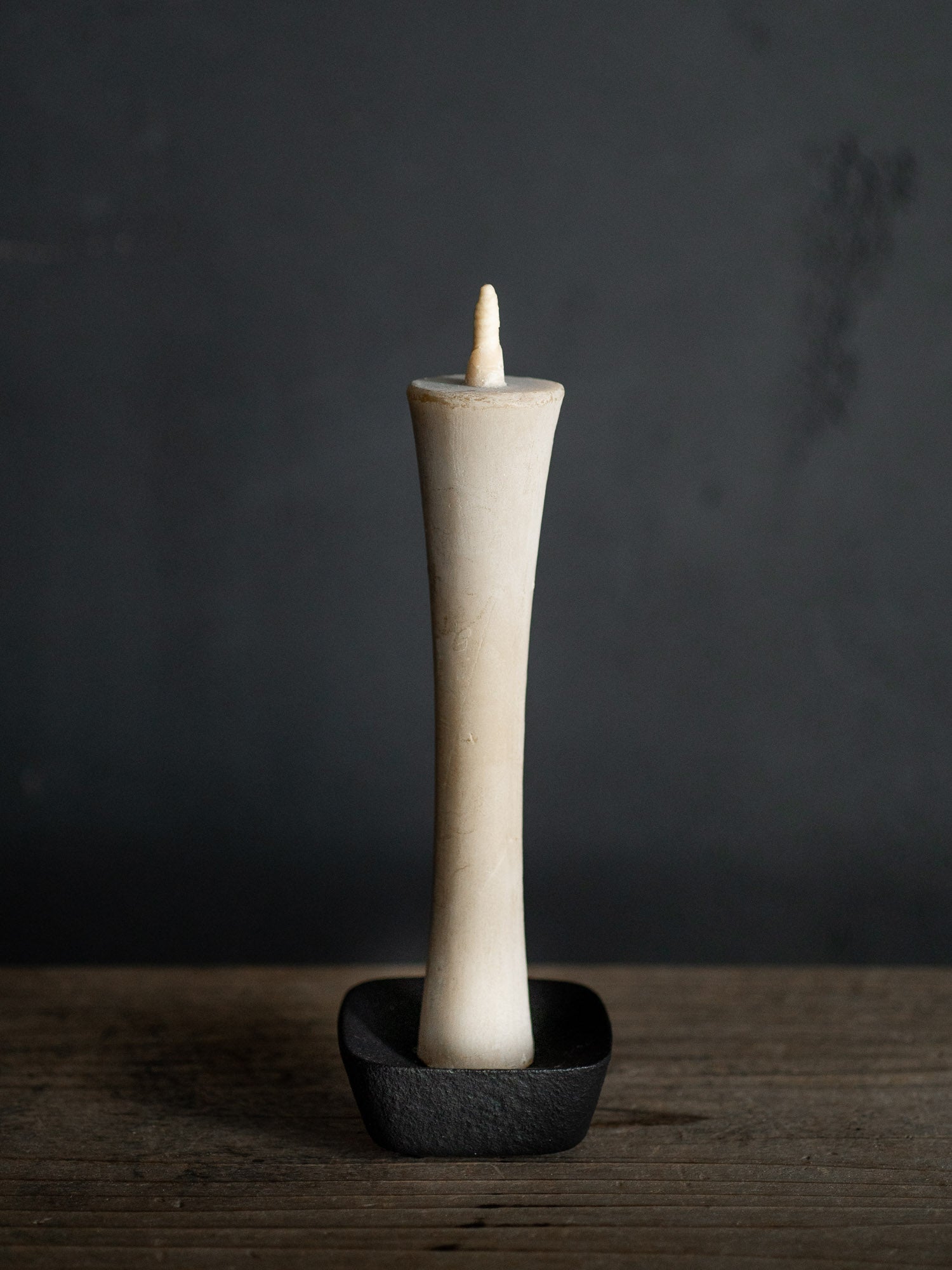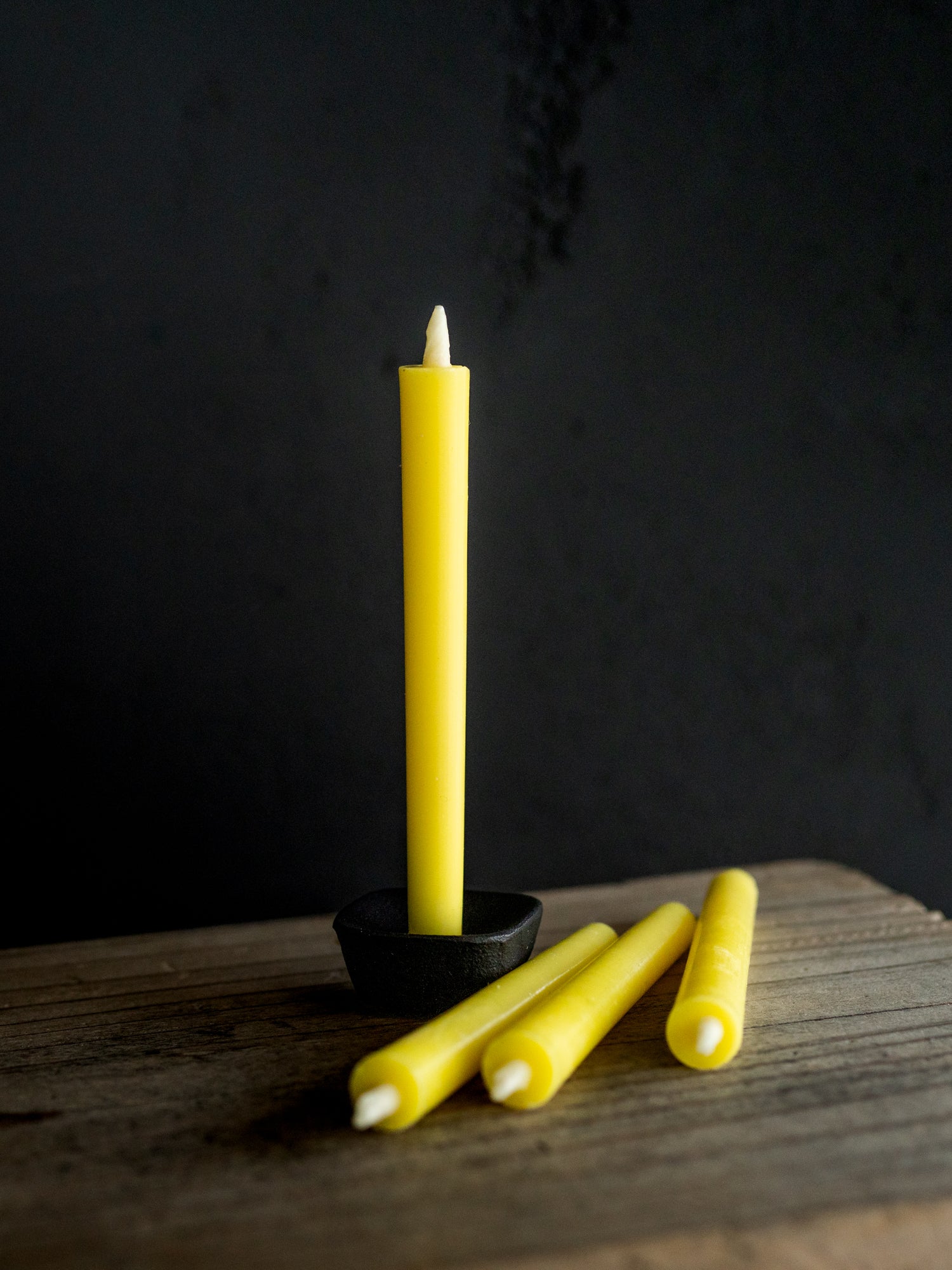Since 1892, Ishikawa Prefecture, Japan
Legend has it that the first candles, made from beeswax, arrived in Japan with the introduction of Buddhism during the Nara period (the eighth century). By the Edo period (1603-1868), the cultivation of Haze (wax trees), the raw material used in Warousoku (Japanese candles), flourished on the island of the Kyushu and Shikoku areas in Japan. Candles provided light for everyday purposes and came to be used in traditional entertainment such as Noh and Kabuki. The city of Nanao in Ishikawa prefecture flourished during this time as a part of so-called Kitamae-bune, “Northbound ships”, due to its excellent natural settings. Wax from Kyushu and Japanese paper (Washi) from Iwami in Shimane prefecture used for wicks were brought to Nanao to produce traditional Japanese candles. The finished products were then transported throughout Japan by Kitamae-bune. The guild made by Japanese candle maker called “Rosokuza” continued to exist in Nanao until the late 19th century. Takazawa Candle was established in 1892 and succeeds this tradition over a century. They value ethical and social contribution in crafting traditional Japanese candles, made from a combination of historical technologies and industries. Today, the future of craftsmen for these precious works is in danger of existing. By continuing to use natural materials, they contribute to the survival of traditional technologies and to the conservation of the Japanese mountains, plants and nature.
Their candles continue to be widely used in Buddhist temples and many homes as offerings, as well as at meditation and yoga sessions to calm the body and mind.






















